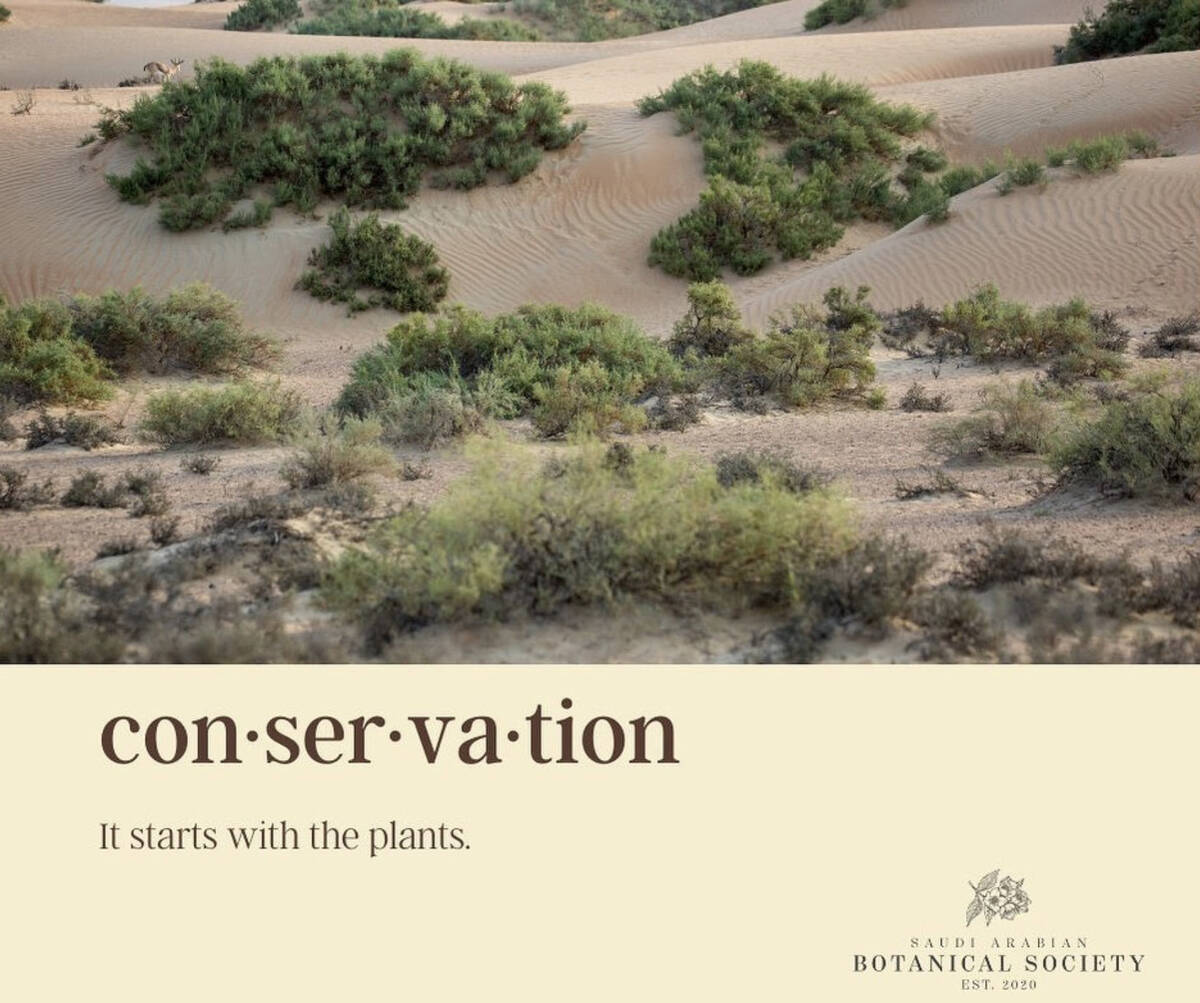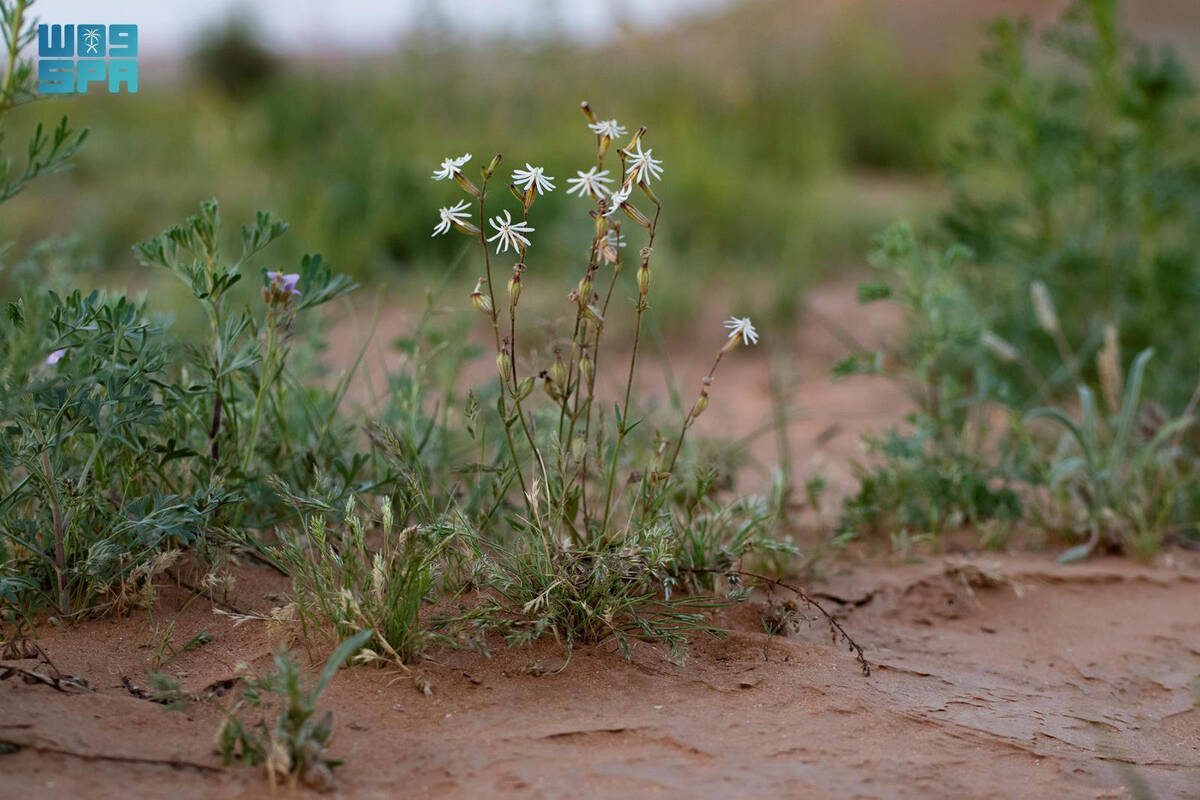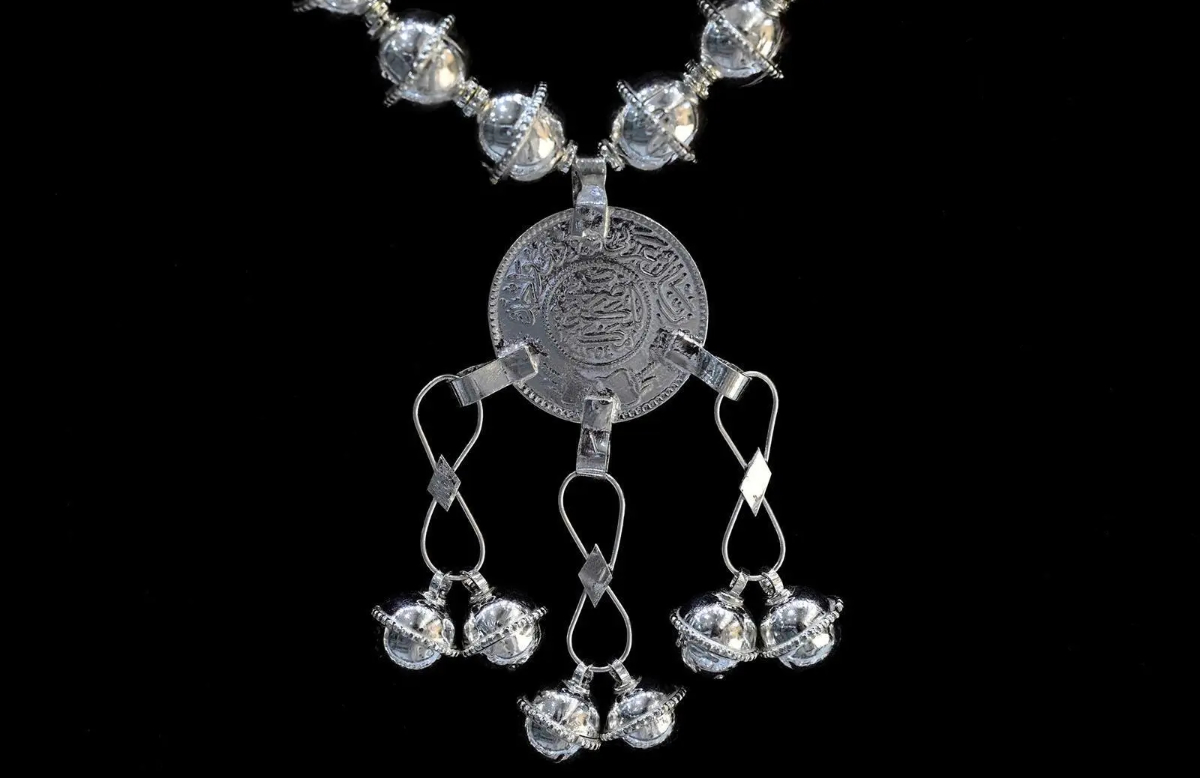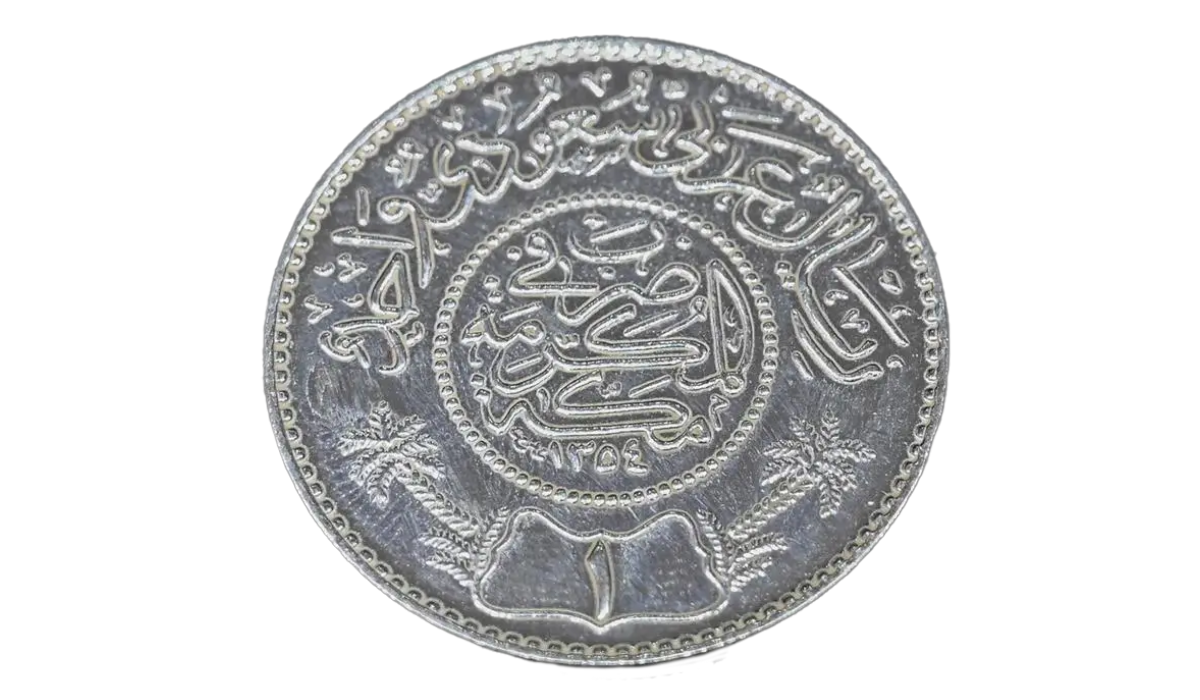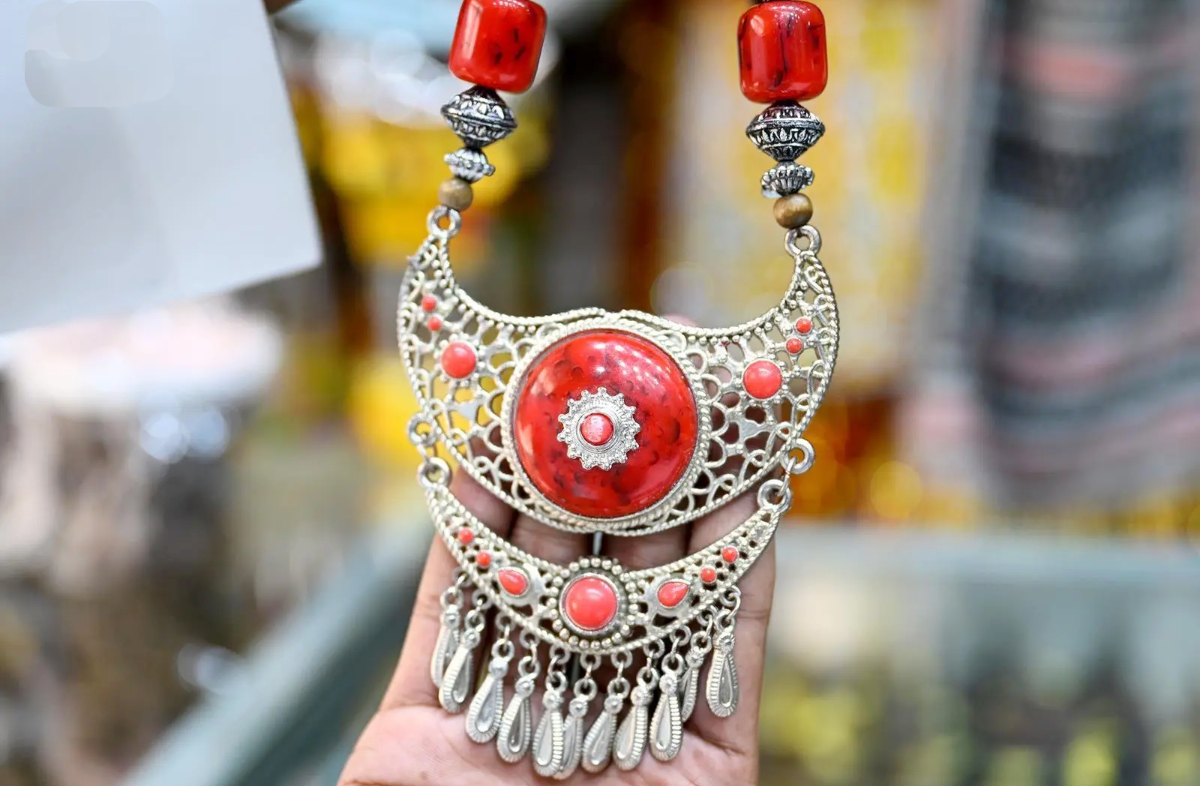MAKKAH: Fast, small, agile and powerful: These are some of the most notable characteristics of the falcons that are bred and used for hunting in Saudi Arabia. It is a very expensive hobby, but also a lucrative one, the history of which goes back millennia.
The Kingdom is home to various species of falcons, and lies on a key migratory route. Every year, hunters attempt to capture them under a strict set of guidelines.
“It’s no easy feat,” Husam Al-Qarawi, a falconer, told Arab News. “It takes skill, intelligence and acumen to deal with them. Special nets are made for hunting them (filled with) pigeons and quail, and looking after them requires patience.”
The spokesman for the Saudi Falcon Club, Walid Al-Taweel, noted that there are two types of native falcons in the Kingdom: The peregrine falcon and the lanner falcon, known as Al-Wakri.
Al-Taweel told Arab News that the peregrine falcon reproduces in mountainous environments, with the male smaller than the female; mating and nest building spans from February to August.
He added that other peregrines that migrate to the Arabian Peninsula from mid-September to November are called sea peregrines, and are larger and more expensive than the native mountain-dwelling peregrine falcons because they are faster and more elusive.
The falcon migration routes that pass from the northern regions of the Kingdom to the western coastlines are known as Al-Hammad. From the west and east coasts, the routes are called Al-Saman and Dibdiba, and all three routes are famous for hunting, with Al-Hammad being the most famous, and up to six falcon auctions held in the northern regions a year.
HIGHLIGHTS
• There are two types of native falcons in the Kingdom: The peregrine falcon and the lanner falcon, known as Al-Wakri.
• Falcons with a high price tag are rare, and there are a number of factors at play in determining price, including size, weight, shape, feathers, color and eyes.
Between migratory and native falcons, Saudi falcon groups and clubs are active in preserving and breeding falcons, and holding auctions that result in the sales of the most expensive falcons in the world.
In the Kingdom, falcon sales have reported record figures, reflecting the region’s passion and love for the birds. Saudi Arabia is considered the international center of the sector.
Last October, the Saudi Falcon Club organized a major auction that saw the sale of a young peregrine, captured in Hafr Al-Batin, for SR650,000 ($173,000), making it the most expensive sale to date.
Over 100 falcons were sold in 20 days, earning a total amounting to SR10 million.
Falcons with a high price tag are rare, and there are a number of factors at play in determining price, including size, weight, shape, feathers, color and eyes.
Al-Qarawi pointed out that falcons in captivity are covered with a hood in order to calm them, because their movement increases when they see people, which could cause them to hurt themselves. The hood also helps the falcons to sleep and rest.
He added that Saudi Arabia now has production, hatchery and crossbreeding farms, with three farms in Hail and the Eastern Province.







